For gardeners, the New Year means the start of the new growing cycle. From Cauliflower to Leeks, Onions to Peas, January and February are the months for sowing seeds. At this time of year, this is done undercover, usually indoors to protect from frost in preparation for planting out in Spring.
The popularity of raised vegetable beds or raised vegetable gardens has increased enormously over the years, but why? Raised vegetable planters have several key benefits over planting directly into the soil.
For one, not everyone has access to a garden that has bare soil or grass. Even if a garden has been completely paved over, a couple of wooden frames or raised veg beds can provide all the space you need to grow your own. Even if you do have spare garden or lawn space that you’re willing to give up, raised vegetable beds can still be better than planting directly into the ground in some instances.
If you don’t fancy digging up a section of lawn and disposing of the turf and surplus soil, simply setting up a raised bed or two and filling with compost can save a lot of digging and the worry of getting rid of the turf layer and any surplus soil.
A raised vegetable garden can be good for growing long root vegetables such as carrots and parsnips, as long as the planters are deep enough to accommodate the depth of soil required. In the ground Carrots and other long root vegetables can become misshapen or stunted. This can be caused by stones or dense clumps of soil and clay, a problem that doesn’t exist with a wooden frame filled with compost.
The other key benefits of raised vegetable beds is that they offer excellent drainage, ideal for vegetables that perform poorly in sodden or water logged soil. Another plus is that the soil temperature tends to be higher than ground temperature with the sun warming from the sides in addition to above. A down side of raised beds for vegetables is that they can require more frequent watering than ground crops in dry periods.
How many raised veg beds should I have?
If thinking about growing vegetables in raised beds for the first time, it’s better to start small and add as time goes on rather than setting up numerous large vegetable beds for them to run wild with weeds. It also depends on how much space you have or are prepared to use for growing food. If you can manage a saw and a hammer, start with small 60cm by 60cm (2 foot ) squares. These are big enough to grow some smaller vegetables and can be nailed or screwed together to make a patchwork of 4, 6, 8 or more ‘crop zones’, all neatly contained in their own square. Once you decide that you can manage and above all enjoy growing and eating your own food you can expand both the size and quantity of raised beds to meet your requirements.
To buy or build
Knowing whether to buy or build comes down to several factors. When buying as a kit you know that the set up is going to be pretty straight forward in the sense that everything you need is pre-cut and in the packet, including fixings. The flip side is that you’re limited to the shape, size and timber specification of the manufacturer. Chances are that a kit version will probably work out more expensive than a home made version, cheaper kits may not last as long.
Home constructed vegetable beds can have several advantages over the kit versions including…
– Size and shape determined by space or needs
– Potential to use better quality timber
– Cheaper to build and could last longer
– More environmentally friendly if using recycled timber
To preserve or not to preserve?
Using wood preservatives on a raised vegetable garden is a hot topic and one that doesn’t have a clear answer. One thing that is true is that preserved timber will always outlast unpreserved but here is the dilemma. For most, the idea of growing your own vegetables is about purity and freshness. Food that is naturally grown without chemical assistance and that can be pulled from the ground, cleaned, prepared, cooked and served up on a plate within hours. Encasing soil and the vegetables in a wooden frame that has been impregnated with insecticides and fungicides doesn’t sit well with many. So what is the answer?
If going the natural route is the only option then buying newly sawn, untreated timber to construct the frames is the option to go for. Although this may sound like a bad idea initially there are several things that can be done to ensure that the raised beds don’t disintegrate within the first year.
Firstly, the choice of wood. The type and thickness of the wood can make a big difference to the overall life of a wooden raised vegetable bed. If going for a soft wood, something like a pine, then using structural grade planks that are around 5cm (2 inches) thick will certainly outlast a frame that is constructed from low quality, thinner timber.
Another chemical free way of preserving wooden vegetable frames is to staple or tack plastic sheeting to the top outside edge of the timber, over the top horizontal flat edge, down on the inside then back under the bottom edge towards the outside. This will help to protect the inside of the wood from direct contact with the soil and the worst of the moisture. With the inside of the frame protected, the outside can be treated with a wood preservative, coloured or clear to add protection and character if desired.
The timber type can also make a major difference. dark exotic hardwoods such as teak and iroko are much more resistant to moisture, weathering and rot, hence why wooden garden furniture is made from them. Using lengths of decking made from these timbers will provide years of maintenance and preservative free planting but will cost more than softwood timber.
For many, cultivating a raised bed vegetable garden is all about functionality and end result, others like to make them an aesthetically pleasing addition to the garden. In terms of the outside, they can be as rough and rustic as you please or, smooth coloured and stylish.
Can wood preservatives be used?
By their nature, wood preservatives can be used on any bare wood timber but there are people who worry about the preservative leaching out of the wood and into the soil and ultimately into the vegetables. The following is an extract from the growveg.co.uk website…
The issue is that all of the common methods of preserving woods have their problems when it comes to growing edible produce. For many of us, one of the primary benefits of growing our own food is the knowledge that our vegetables have not been sprayed, treated or artificially enhanced. Organic principles can be applied very successfully to home gardens but treating the wood in contact with the soil and plants can cause many questionable chemicals to leach into the ground, contaminating the crops. Details of the extent of this problem are hard to come by…
Some gardeners say that as long as the treated timber is left to stand and weather for at least a week or two before using for raised vegetable beds, it will be fine. Others suggest that you leave at least 6 inches between the preserved timber and any vegetables being grown. In cases like this, it really does come down to personal choice. There are wood preservatives on the market such as Croma Wood Treatment that are non-toxic, water-based preservatives, specifically formulated for use on compost bins, raised beds, grow tables and vegetable planters.
Need help with your wood raised vegetable bed project?
For more information about wood preservers and their uses, contact our team of resident experts who are always on hand to help with project advice and product recommendations. Alternatively, see our wood preserver FAQ page which covers many of the most commonly asked questions about wood preservers.
We love to see before, during and after photos of any wood finishing project. If you would like to share your decking project pictures with us, you can either send us some photos or share on our Facebook, Twitter, Pinterest or Instagram pages.


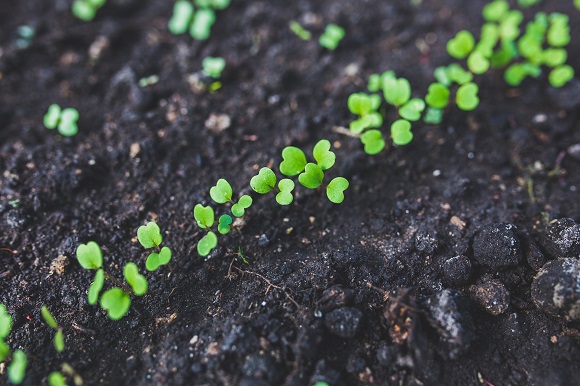
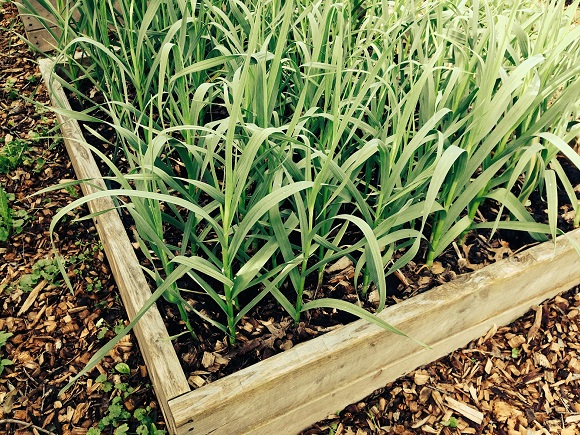
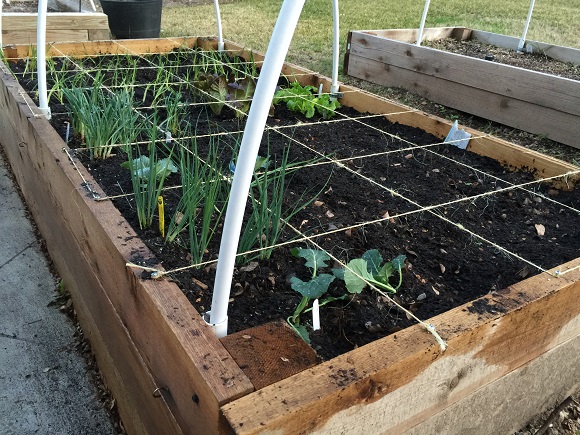
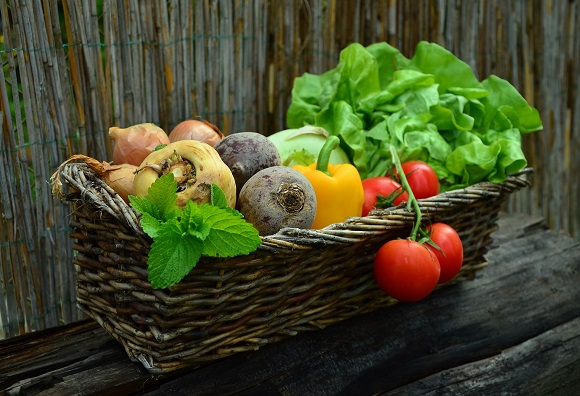
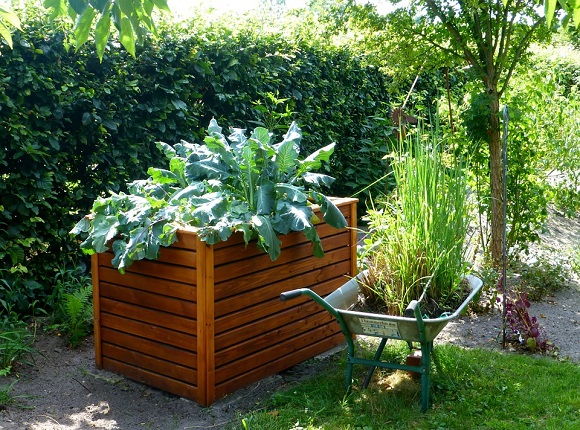


Can I use creocote from Wickes to preserve the new sleepers I bought for a raised bed
Good Morning Joanne,
Thank you for getting in touch with your enquiry. I can recommend the Barrettine Creosolve as a good option for a raised bed. Once cured most products are fine and if the inside of the bed is lined there will be no contact between soil and treatment.
Kind Regards Samantha.